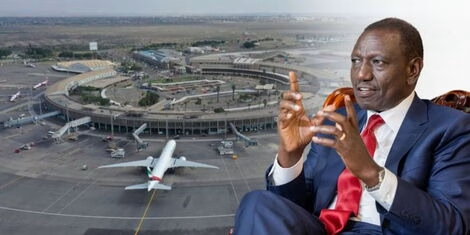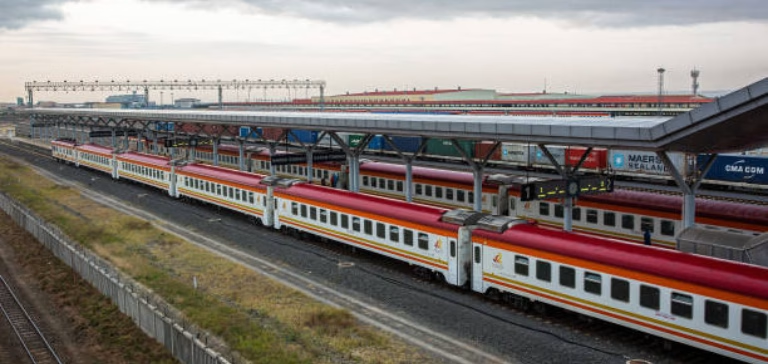Kenya’s government aims to raise $4.2 billion through securitized bonds to finance the SGR and JKIA expansion projects. The move comes as a means of adjusting to Adani’s exit after their deal with the government fell through. The funds equating to Ksh541 billion, the government is seeking to raise ksh387 billion for the expansion of the SGR to the Ugandan border. On the other hand, the ksh154 billion for the expansion of the Jomo Kenyatta International Airport (JKIA). This move marks a strategic shift from how the government has been borrowing to fund infrastructural projects. Through securitization, the government is seeking to reduce its dependence on traditional loans amid increasing public debt. Instead, it seeks to leverage public private partnerships (PPP’s) and securitization. It is a model where bonds are backed by income generating assets.
Project Factsheet
Significance:
- A record $4.2 billion (Ksh541 billion) financing program
- Marks a strategic shift toward securitized bonds and Public-Private Partnerships (PPPs)
- Aims to balance reliance on traditional debt financing and limit rising public debt through asset-backed securities.
- Marks a bold step towards financing national infrastructure through sustainable and revenue-based investment avenues.
Infrastructure:
- Two key projects are financed by the programme — expansion of the Standard Gauge Railway (SGR) to the Ugandan border and Jomo Kenyatta International Airport (JKIA) expansion.
- Ksh387 billion will be applied to the SGR expansion, and Ksh154 billion will fund new terminals as well as runway development at JKIA.
- The SGR bond is to be secured by the Rail Development Levy (1.5% levy on imported products).
- The JKIA bond will be supported by proceeds from the air passenger service levy (Ksh6,450 for an international journey and Ksh600 for a domestic flight).
Developer/Consortium:
- Spearheaded by Kenya’s National Treasury
- Securitization will involve co-funding agreements between Kenyan and Chinese banks.
- The government also approached China for joint financing purposes, with the precise 60:40 government to banks funding ratio.
Funding/Timeline:
- Overall estimated cost: $4.2 billion (Ksh541 billion).
- Income-generating assets such as levies and service charges to be secured by bonds.
- It will be implemented in phases, first structured by the Treasury and Capital Markets Authority.
- The securitization model was tested on projects like the Talanta Stadium by the Sports Fund
Scope of Implementation on the SGR and JKIA Expansion Projects
Under the SGR and JKIA expansion projects, the Treasury aims to ensure it leverages an optimal solution that enables construction without much cost. For instance under the SGR, it seeks to securitize the rail development levy which is a 1.5% tax imposed on imported goods. Similarly, proceeds from the air passengers service levy will back the bond for the JKIA expansion. The levy is charged at ksh.6,450 for international flights and ksh600 for domestic flights. The planned airport upgrade will include an array of new infrastructure such as a new terminal and runway. Moreover, the move follows the cancellation of the Adani deal where the company was earmarked to build the airport and run if for 30 years. However, after the indictment of Guatamadani Adani, the deal was cancelled.

On the railway front, the government opened talks with China to fund the SGR expansion during President Ruto’s trip to China. In the talks, both countries agreed to jointly fund 60% of the project. On the other hand, the remaining 40% was to be funded by Kenyan and Chinese banks. In securitization, the government packages projected revenue streams into marketable securities sold to investors. Through this, they are able to raise capital without increasing public debt. The move has already been implemented on other projects such as the Talanta stadium where the government securitized the sports fund. The Talanta sports stadium is expected to cost ksh44.8 billion

